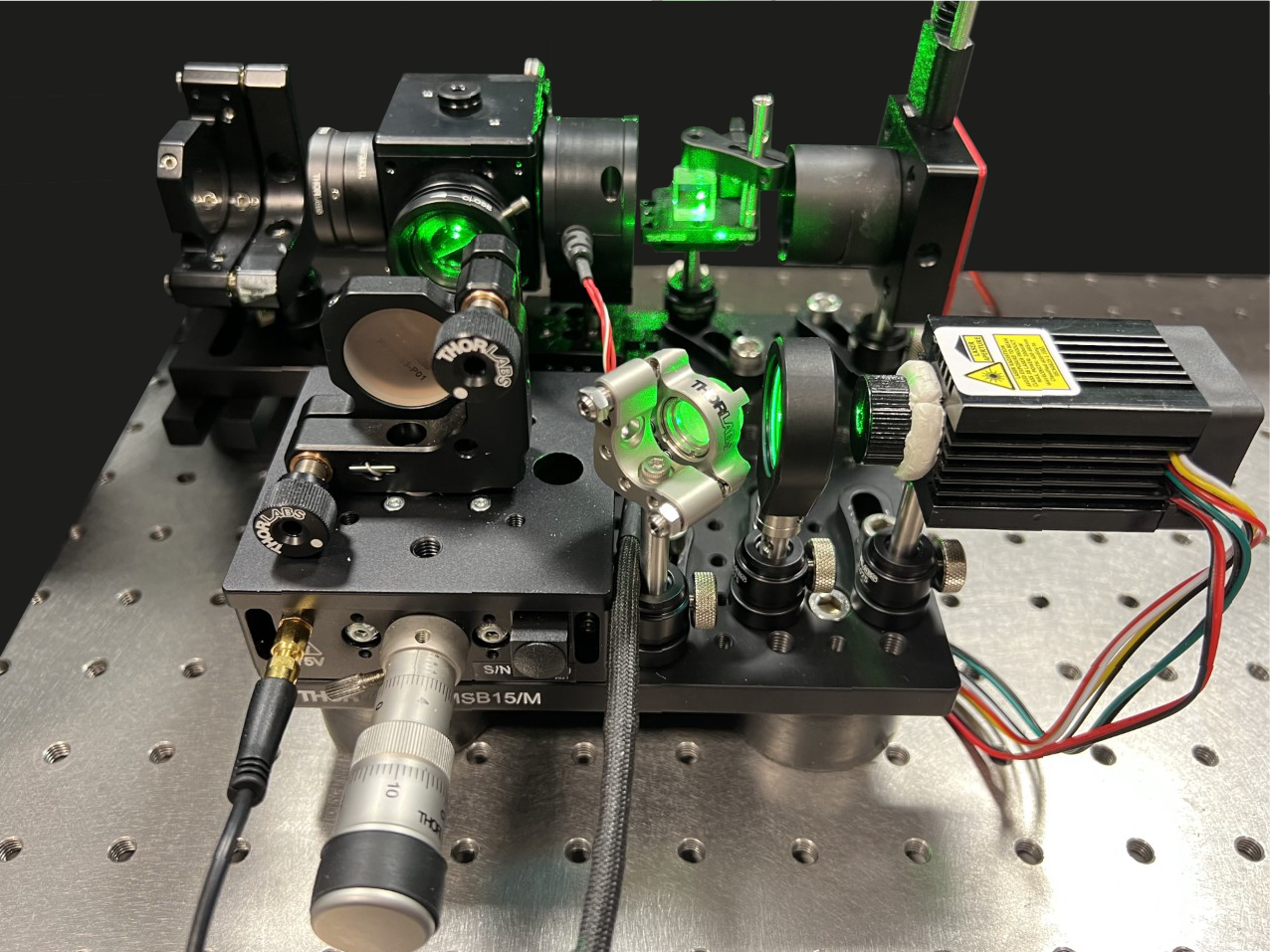Seeing with undetected light
Central to all conventional imaging is the notion that the light illuminating an object is the light detected, but quantum imaging can change this and offer exciting new applications.
Many organic and inorganic compounds are more easily detected in the infrared wavelength range, however detectors and light sources in the visible range benefit from far better-development technology. Here, we take advantage of visible technologies while imaging in the infrared, utilising the best characteristics of both wavelengths.
To achieve this, researchers at Imperial College London create pairs of visible and infrared photons using a nonlinear crystal, a cheap and compact quantum solution that can be retrofitted to many existing products.
Quantum entanglement lets the visible photon 'know' where its infrared twin has interacted with the object. End users can reduce their equipment costs by requiring only conventional silicon cameras, whilst at the same time being able to access the rich chemical information available from infrared measurements.
Our research continues to develop systems to reach longer infrared wavelengths, and higher efficiency creation of invisible and infrared light. Working with Digistain, we hope to commercialise this technology for application in cancer detection. QuantIC is excited for the markets this technology will unlock as innovation progresses.

Seeing with undetected light
Dr Emma Pearce and Dr Nathan Gemmell from Imperial College London discuss the imaging with undetected photons system with applications in gas detection and cancer diagnostics.
Meet our investigator
Professor Chris Philips is Head of the Optoelectronics section at Imperial College London. He was a visiting researcher at the Quantum Institute, University of California, Santa Barbara and has been elected as a Fellow of the Institute of Physics. Chris is founder of Digistain, a company providing leading digital transformation in cancer diagnosis. Chris was involved together with Hemmel Amrania in developing Digistain’s imaging technology enabling a new approach in human tissue imaging that reveals the chemical changes that accompany the onset of cancer.

